Pressure Vessel Tank are widely used in various fields of industry because of their ability to withstand high pressure and high temperature. According to different functions and process requirements, pressure vessels are mainly designed for storage, reaction, heat exchange and separation.
1. Storage containers
Storage containers are the most common type of pressure vessels, mainly used to store various types of gases and liquids to keep materials in a safe and stable pressure environment. Storage pressure vessels are usually required to have good sealing, corrosion resistance and structural strength.
Application examples:
Gas storage tanks: such as industrial nitrogen, oxygen, and high-purity hydrogen storage tanks. These gases often need to be stored in a closed manner under a specific pressure to avoid leakage or explosion risks. Gas storage tanks are usually made of thick-walled steel or composite materials to ensure pressure safety.
Oil tanks: used to store crude oil, refined oil or other liquid fuels. This type of storage tank is not only required to withstand internal and external pressures, but also to prevent corrosion. Lining materials or anti-corrosion coatings are often used.
Liquefied gas tanks: used for the storage of flammable and explosive gases such as liquefied petroleum gas (LPG) and liquefied natural gas (LNG). They need to meet strict safety regulations and be equipped with pressure safety valves and monitoring devices.
Design points:
Material selection requires the selection of appropriate steel or alloys based on the corrosiveness and temperature environment of the storage medium.
Airtight design is key to prevent tiny gas leaks.
The structural design should take into account the changes in internal and external pressures to ensure the long-term stability of the container.
2. Reaction vessel
The reaction vessel is a pressure vessel designed to carry the chemical reaction process. It is required to promote the smooth progress of the reaction under the conditions of controlled temperature and pressure. It is commonly used in chemical, pharmaceutical, food processing and other fields.
Application examples:
Reactor: used for a variety of organic and inorganic synthesis reactions. The reactor is equipped with an agitator, heating or cooling jacket, which can accurately control the reaction environment.
Polymerization reactor: used for the polymerization reaction of polymer materials, it needs to be resistant to high pressure and high temperature, usually made of special alloy materials, and equipped with a pressure safety device.
Catalytic reactor: built-in catalyst bed to promote reaction rate and selectivity, the design needs to ensure the reasonable distribution of the catalyst and the uniform flow of the reaction gas.
Design points:
Strong corrosion resistance, adaptable to a variety of chemical media.
The stirring system is reasonably designed to ensure uniform reaction.
It needs to be equipped with temperature, pressure sensors and safety protection devices.
The heat exchange system is used to control the reaction temperature to prevent overheating or low temperature from affecting the reaction effect.
3. Heat exchange container
Heat exchange container is a device that uses the structure of a pressure vessel for heat exchange, including heat exchangers and condensers, and is widely used in the energy, chemical and refrigeration industries.
Application examples:
Shell and tube heat exchanger: heat exchange is achieved through the flow of media inside and outside the tube bundle. The design must ensure high thermal efficiency while meeting the requirements of pressure resistance and corrosion resistance.
Plate heat exchanger: compact structure, large heat exchange area, suitable for occasions with limited space.
Condenser: cools high-temperature gas into liquid, commonly used in distillation and cooling circulation systems.
Design points:
The fluid flow path needs to be optimized to improve heat transfer efficiency.
Material selection must take into account pressure resistance and temperature resistance, while preventing corrosion.
Easy to disassemble and clean to ensure long-term stable operation of the equipment.
The design must consider the impact of thermal expansion on the structure to prevent thermal stress damage.
4. Separation container
The separation container effectively separates different components in the mixture through physical or chemical methods. It is an important equipment in the fields of petrochemicals, environmental protection and pharmaceuticals.
Application examples:
Gas-liquid separator: uses gravity or centrifugal force to separate gas-liquid mixtures, commonly used in natural gas processing and oil-gas separation.
Filter: Uses filter material to filter suspended particles to protect downstream equipment from impurities.
Settling tank: Uses gravity settling principle to separate solid particles from liquid.
Design points:
Reasonable fluid dynamics design to ensure effective separation.
Select corrosion-resistant materials to adapt to the characteristics of the medium.
The structural design is easy to maintain and clean.
Equipped with suitable inlet and outlet devices to ensure smooth flow of fluid.


 English
English русский
русский عربى
عربى

.jpg)
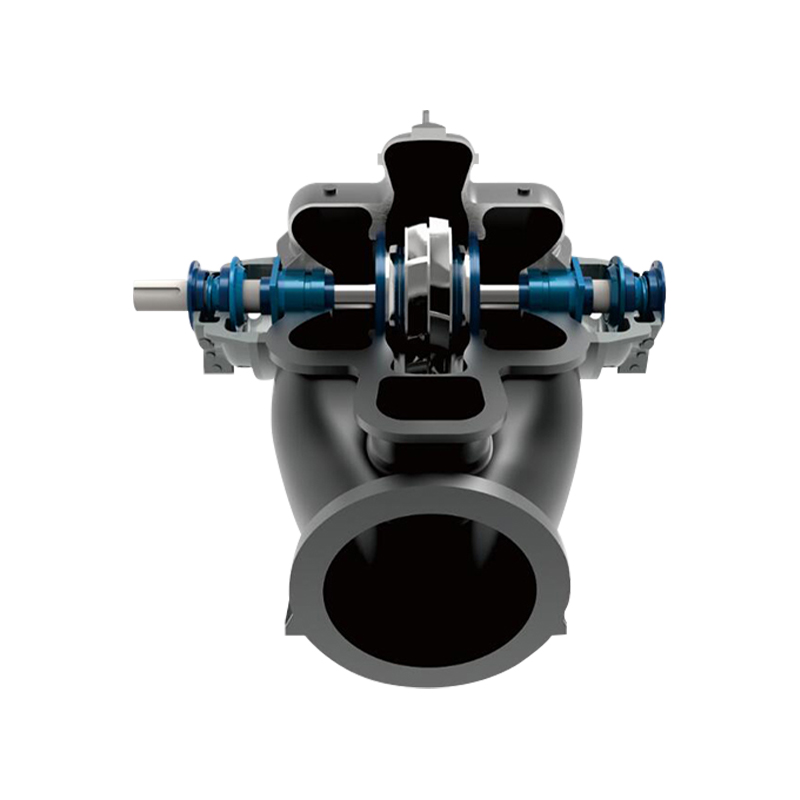
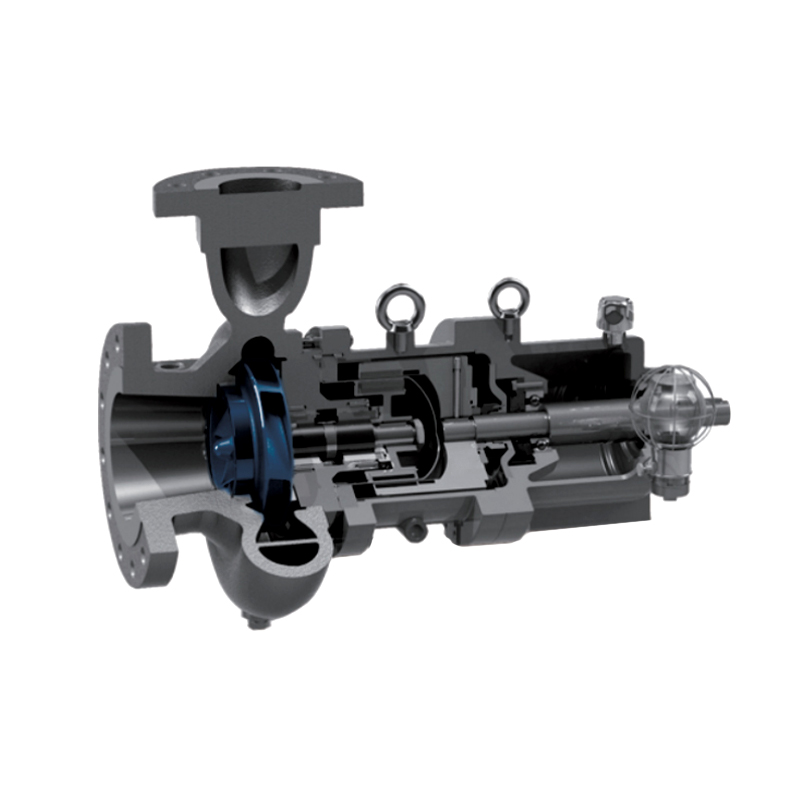

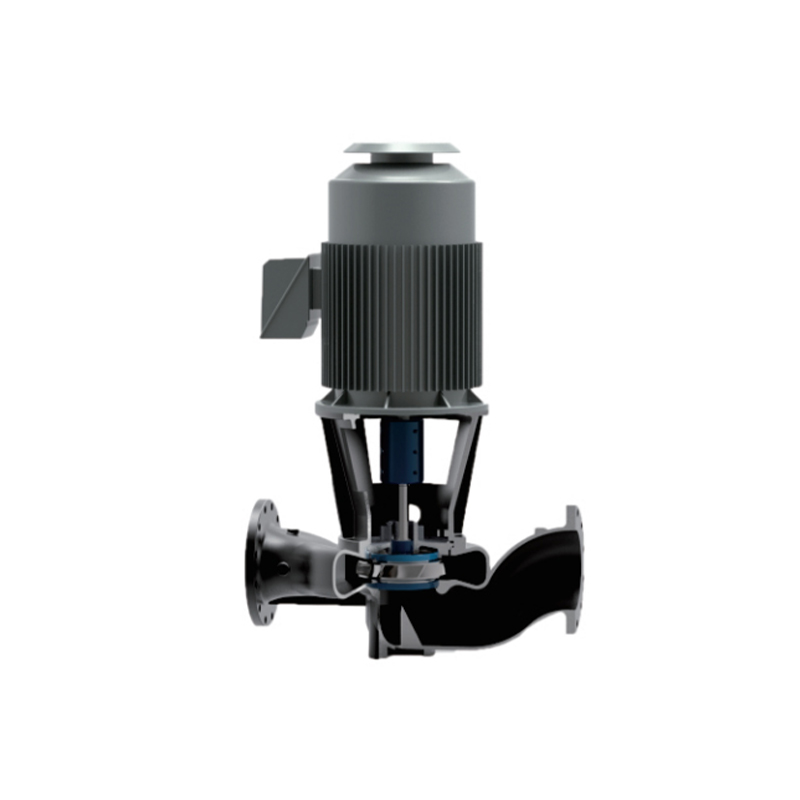

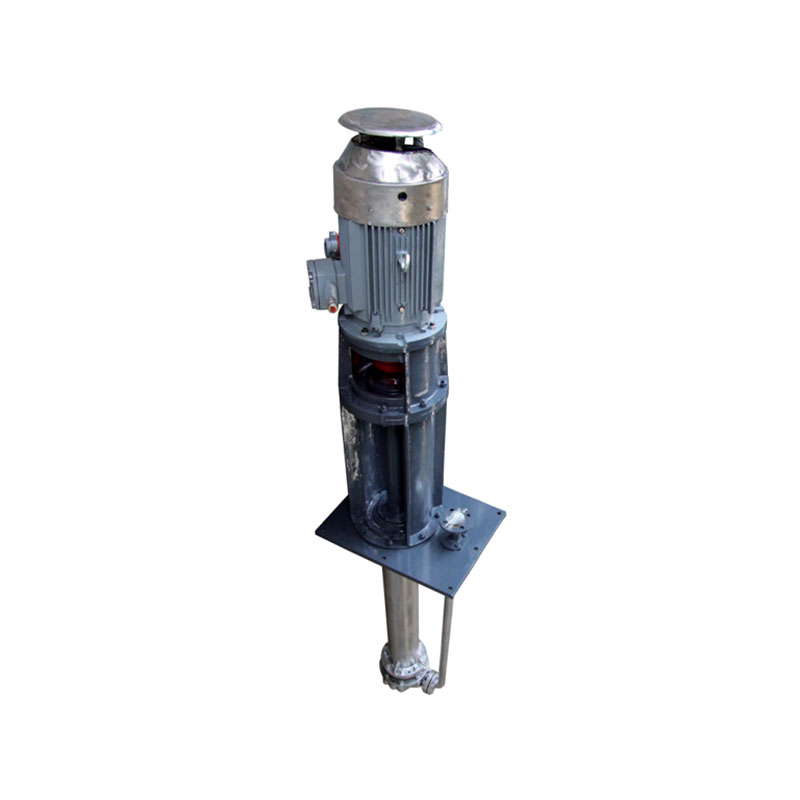
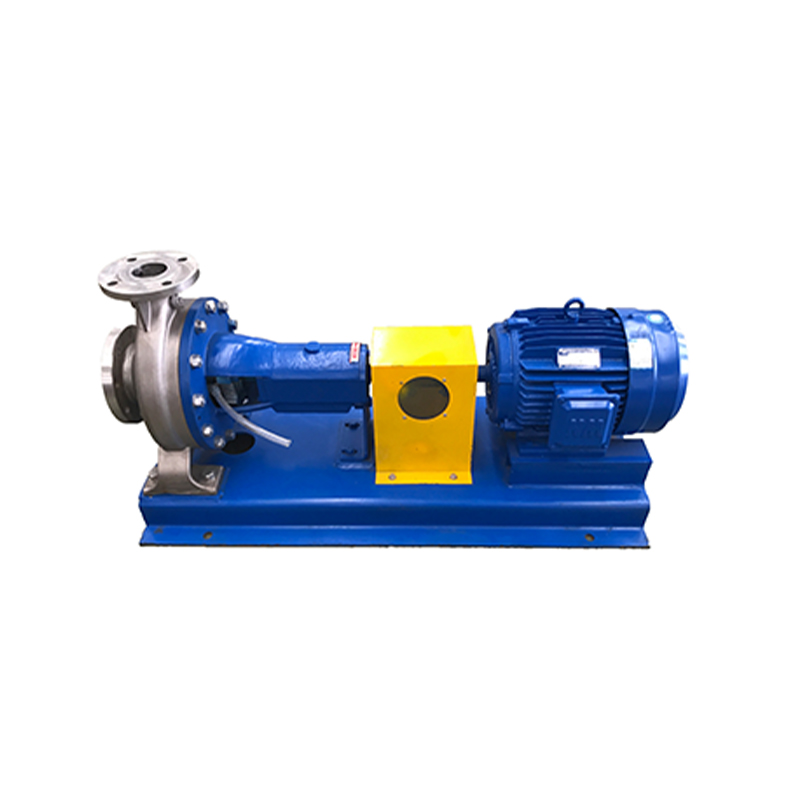

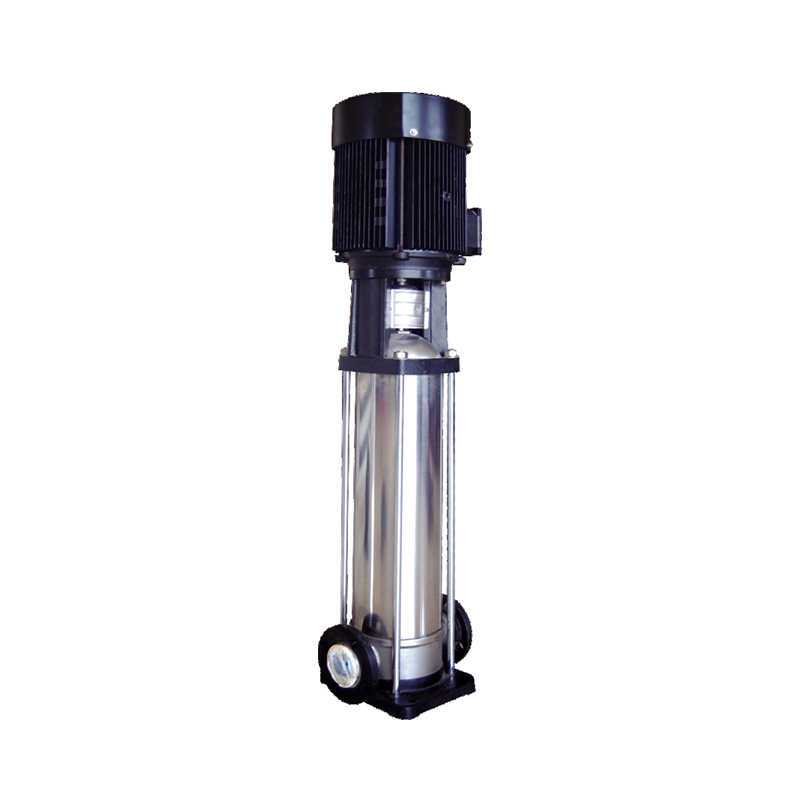






 ENG
ENG

 TOP
TOP